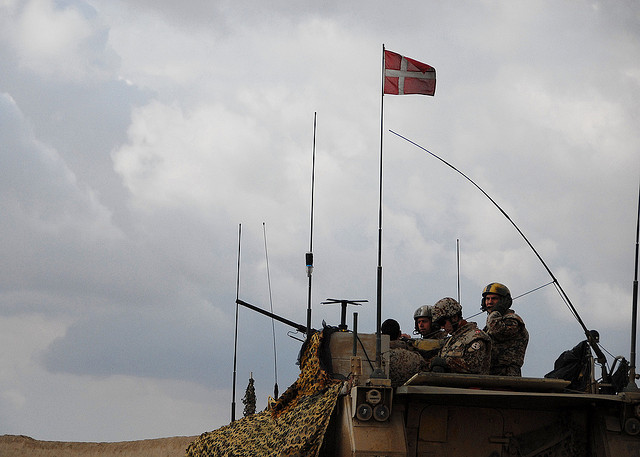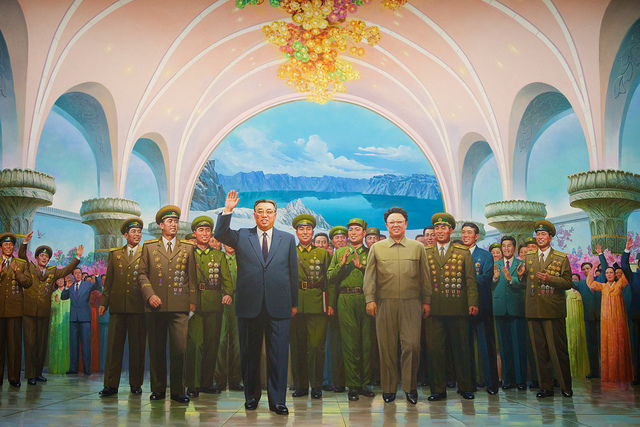Tanya Ogilvie-White’s recent article is a thoughtful and sensible piece that sparked two thoughts. First, the proposition that Chinese and US interests in respect of the DPRK are beginning to align means, I believe, that China is showing signs of placing the nuclear proliferation dimension of the DPRK issue at the top of its list of interests. There’s evidence of this, but this was also the case immediately after the other two nuclear tests conducted by the DPRK (in 2006 and 2009). In the earlier cases, China seemed to drift back to assigning top priority to being protective of Pyongyang, so I’d regard the jury as still being out on alignment, although it’s something to hope for. The 6-Party Talks went through a number of twists and turns but one scenario not tested was all five of Pyongyang’s partners making clear that they regarded a particular package of proposals as generous and fully responsive to the DPRK’s interests—that is, a package that Pyongyang needed to regard as an offer it couldn’t refuse.
Second, I’d be inclined to be somewhat more forgiving of the stark signals Washington elected to send to reinforce its deterrent message. The cost of a deterrent posture, even one as onerous as the US has sustained on the Korean peninsula for decades, is typically dwarfed by the shortest imaginable war. When you are the ‘deterrer of last resort’, when the number on everyone’s speed-dial is yours and responsibility to prosecute any conflict is inescapable, and when you are dealing with a newish and still unfamiliar power configuration in Pyongyang, erring on the side of making certain the other side appreciates what might be in store is not only understandable, but might in fact have been decisive in keeping the crisis away from the brink.
Ron Huisken is a Senior Fellow at the Strategic & Defence Studies Centre, ANU.







